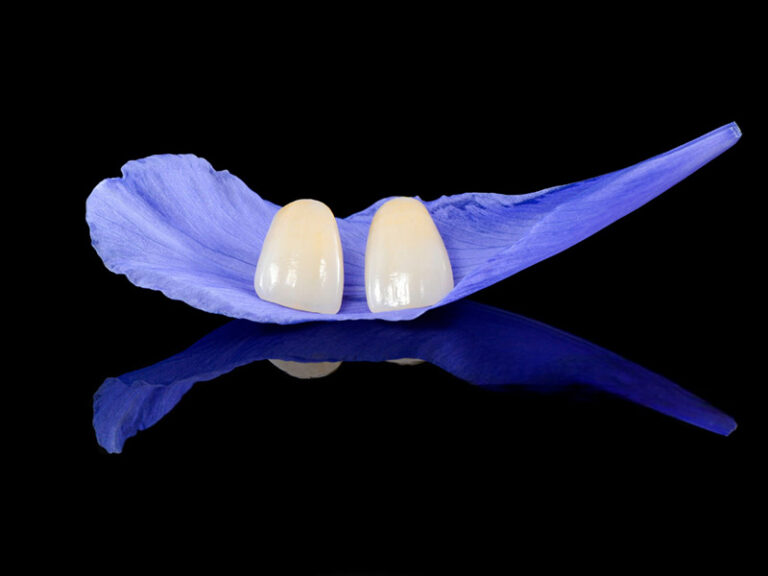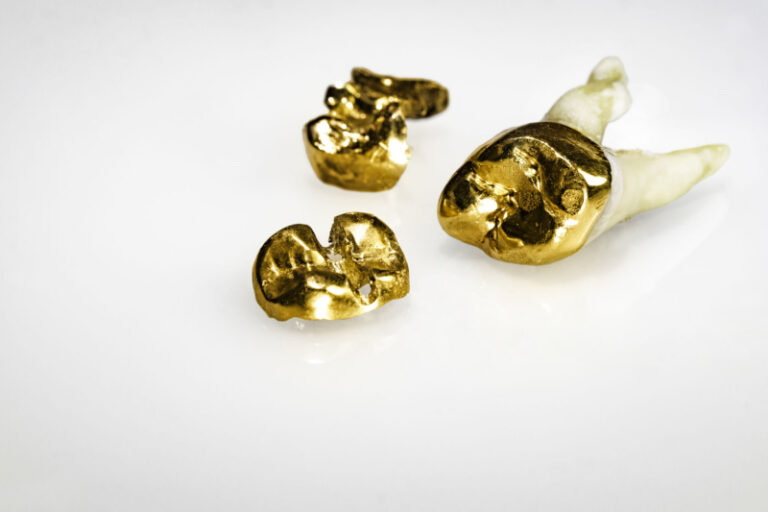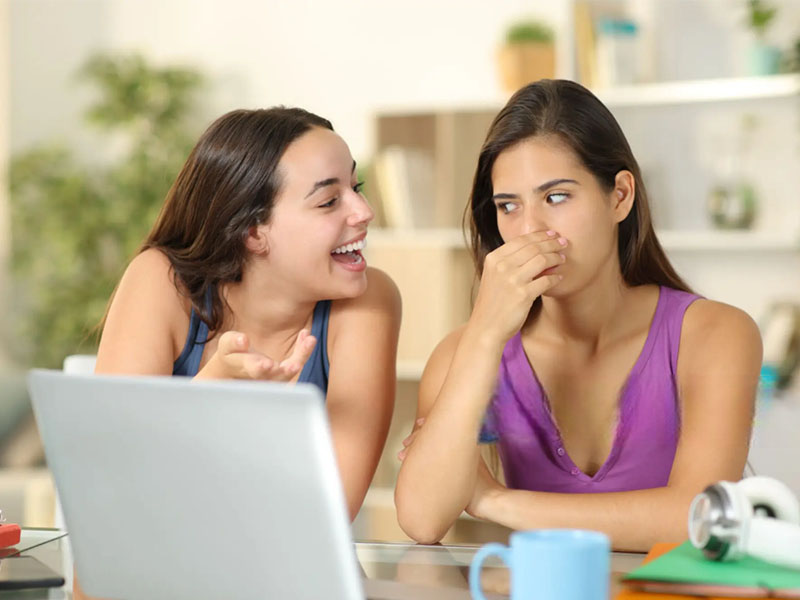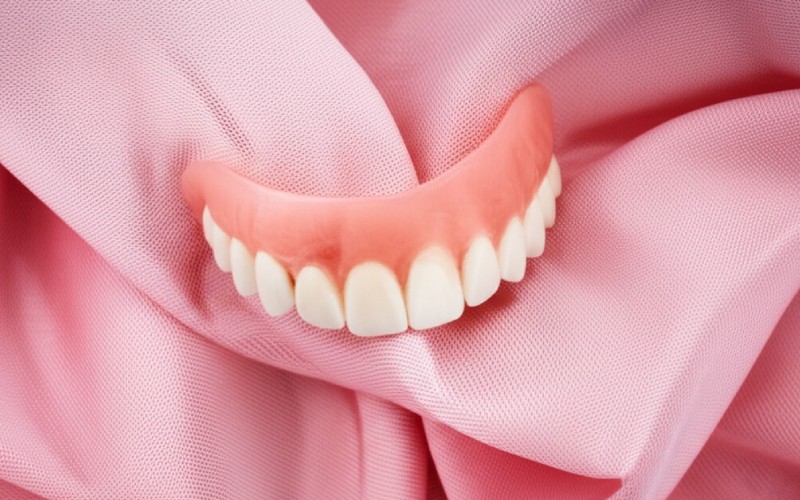
When Dentists Should Think About Flexible Partial Dentures: A Simple Guide
Do you want a smile that feels good and looks real, without the worry of metal showing? Flexible partial dentures (FPDs) can be a great answer for many people. Sometimes, missing teeth make us feel embarrassed or we can’t eat what we like. Dentists want easy, pain-free, and cheap ways to help people keep their mouths healthy. This article explains when flexible dentures make sense, who can use them, and why they’re a smart choice. If you or a family member ever needs to fill in missing teeth, or you’re a dentist wanting the best for your patients, keep reading! You’ll find info here you probably haven’t heard before.
Table of Contents
1. What Are Flexible Partial Dentures (FPDs)?
Flexible partial dentures are removable fake teeth made from bendy stuff, like Valplast, Duraflex, or Lucitone FRS. These aren’t like the old, hard metal or plastic dentures. FPDs are light and fit the shape of your mouth. They use nylon, polyamide, or acetal resin to feel soft.
I remember the first time I picked up a flexible partial—it bent without snapping. Patients loved that it looked so real, especially since the clasps were the same color as their gums. No more “metal showing” on the front teeth!
Table: Comparing Types of Dentures
| What You Get | Flexible Partial Dentures | Metal RPDs | Acrylic RPDs |
|---|---|---|---|
| Looks | Blends in really well | Metal shows | Bulky, easy to spot |
| Comfort | Super comfy | Feels hard | Can feel thick |
| Can be changed? | Tough to change | Easy to change | Somewhat easy |
| How long it lasts | 5-7 years* | 7-10 years* | 3-5 years* |
| Good for allergies? | Yes | Might cause some | Some sensitivities |
| Cost | Not expensive | More pricey | Cheaper |
Lasts vary if you look after them.
Why care about this?
Flexible partial dentures are a no metal, comfy, and less expensive way to fill in missing teeth—especially up front where people notice.
2. Why Do Patients Need Flexible Partial Dentures?
Let’s be honest—losing teeth hurts your confidence and your health. Maybe it was an accident, or you had a bad tooth. Everyone’s mouth is different, so one answer doesn’t fit all.
How FPDs can help:
- Filling spaces: Don’t let a gap in your smile keep you from laughing. FPDs fill in the holes and help you chew.
- Comfort: Flexible partials are soft and light. You don’t get sore as much, and they feel more like your real teeth.
- Looking good: These dentures mix in well with your real teeth and gums. No one has to know you’re wearing them.
- Cost: Not everyone can pay for implants or bridges. FPDs cost less, so more people can get help.
I’ve seen people almost start crying when they realize they can smile at school pictures or at family dinners again. Sometimes, the simple fix really is the best one!
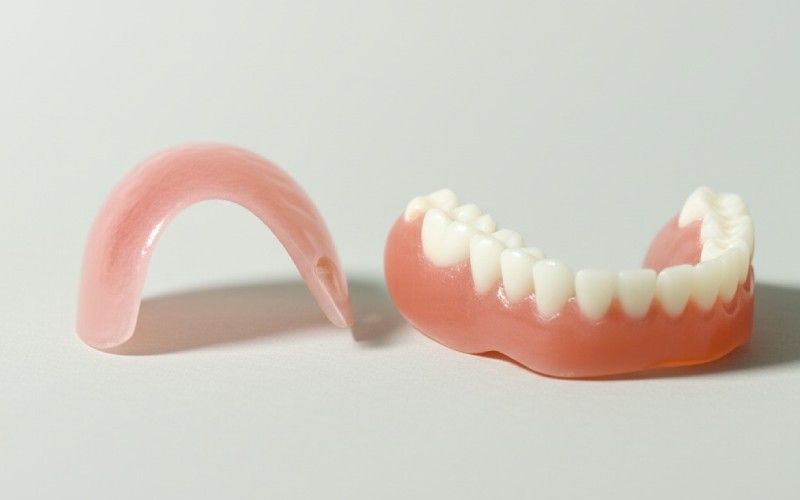
3. Who Should Pick FPDs?
Dentists want to help everyone but some folks are just right for flexible partial dentures. Maybe that’s you.
FPDs are a good idea if:
- You’re missing 1–4 teeth (mainly on the sides or up front).
- You keep your mouth clean (brush and floss every day).
- You want no metal showing (especially up front).
- You have allergies to metal or normal plastic.
- You want an easy fix (no grinding, no needles).
- You need a temporary denture while healing, waiting for implants, or still growing (like for kids or teens).
Story Time:
Jenny, a 35-year-old teacher, lost two front teeth in a car wreck. She didn’t want anyone to spot a big denture or shiny metal hooks. Her dentist tried a Valplast flexible partial. Parents at the school never guessed, and Jenny said smiling was easy again.
But—FPDs are not magic. Some problems need different dentures or even implants. Picking the right patient matters a lot.
4. Allergies and Flexible Dentures: Are They Safe?
Ever heard someone say they can’t wear dentures because they get a rash, sore mouth, or have allergies? Old dentures use nickel, other metals, or plastics that cause bad reactions.
Flexible partial dentures use safe plastics (like Valplast or polyamide), so none of the stuff that causes most allergies.
- No nickel allergies
- No plastic chemical sensitivity
- They protect sensitive gums
In my office, one patient kept getting rashes from normal dentures for years. We tried a nylon FPD and her problems went away.
For dentists:
Flexible partial dentures give allergic folks a way to get new teeth after all.
5. How Do FPDs Help Teeth and Gums Stay Healthy?
Dentures sometimes hurt good teeth or gums. Metal can rub and wear down teeth. Hard dentures push on gums and bone—making things worse sometimes.
With FPDs:
- Little or no drilling: No need to hurt healthy teeth.
- Soft clasps: These wrap gently, not tightly, and don’t squeeze.
- Good for weak teeth: Flexible material won’t make loose teeth worse.
Studies show that if you have a flat palate or big bumps (tori), and hard dentures don’t fit, flexible ones bend to fit those spots. You get a better fit and feel.
Bit of advice:
FPDs need strong teeth to hold onto! If you don’t brush well, even a great denture won’t last. Always clean your teeth and your denture.
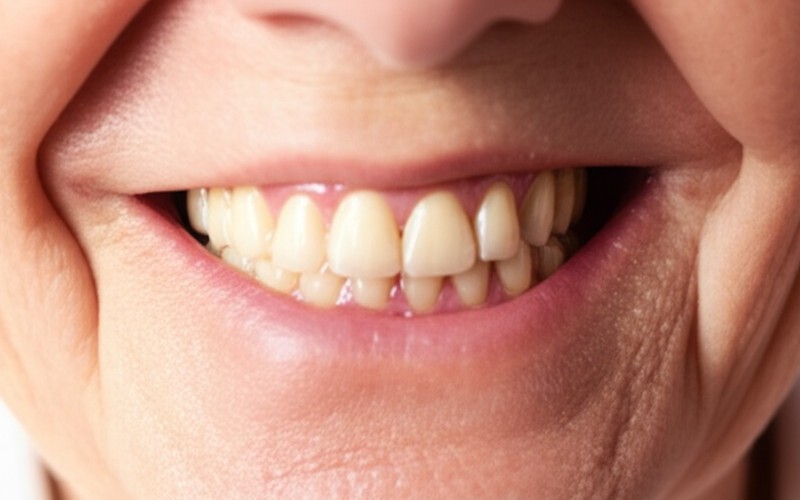
6. When Aren’t FPDs a Good Option?
Not every tool is right for every job. Sometimes, FPDs just aren’t the thing you need.
Don’t pick FPDs if:
- You have big empty spaces or many missing back teeth: FPDs can’t take the strong chewing in these cases.
- You have bad gum or bone loss: Not enough hold for the denture.
- Your teeth are too loose: Flexible dentures need steady teeth to grab on.
- You don’t keep your teeth clean: Any denture will fail with poor hygiene.
- You need a really strong denture: Metal ones might work better in those cases.
For dentists:
Pick carefully and you’ll have happier patients. If you’re not sure, ask your lab or do a test wax-up to see.
7. How Do Dentists Make and Fit FPDs?
From the first visit, dentists and lab techs work together to get it just right. Here’s how it works:
- First look & talk: The dentist listens to you, checks for allergies, looks at your mouth, and measures things.
- Impressions or scans: Molds (or pictures from a scanner) show the shape of your mouth.
- Lab time: The lab makes FPDs from soft plastic, matching your natural colors.
- Fitting: You try on the new denture. Dentist checks if it’s comfy and good for biting. Small tweaks can be made.
- Care instructions: You get advice on cleaning, brushing, and storing your denture. Follow this for the best results!
Flexible dentures usually need fewer visits. Still, dentists will make sure you know how to keep them clean and comfy.
8. Flexible Partial vs. Other Dentures: Which One Is Best?
Are you trying to choose between flexible, metal, or plastic dentures? Here’s what you should know:
FPDs vs. Metal Dentures
- FPDs look more nice and real (no metal showing).
- They’re softer and lighter, but might not work in big spaces where you need extra chewing power.
- It’s tough to fix or adjust FPDs; metal dentures can be fixed in the office.
- They’re better if you have metal allergies.
FPDs vs. Plastic Dentures
- FPDs feel nicer and are less clunky.
- Plastic ones can break easier, while FPDs bend instead.
- FPDs don’t stain or stink as much if you keep them clean.
It’s like picking between sneakers, sandals, and boots. Each one’s good for a different situation.
Dental tip:
For your front teeth or just a few missing teeth, FPDs usually feel and look the best. For big spaces or when you need extra strength, go with metal.
9. How to Take Care of Flexible Partial Dentures?
Want your FPD to last? It’s easy to look after them, but you have to do it every day.
How to care:
- Clean every day. Use a soft toothbrush and a bit of soap or denture cleaner—don’t use toothpaste (it’s too rough).
- Rinse after eating. Food can hide in the hooks.
- Soak at night in water. Keeps them from drying out and losing their shape.
- No hot water! Heat will mess up the shape.
- Be gentle. FPDs bend, but don’t pull too hard—they can still break.
If your flexible partial feels loose or hurts, go see your dentist. Fixing these isn’t as easy as with other dentures. Sometimes, you might need a new one.
True story:
Ben loved his FPD, but he stuck it in his jeans pocket once. It bent out of shape and wouldn’t go in anymore! Keep them in water when not wearing.
10. What’s Coming for Flexible Dentures?
Dental stuff keeps getting better. Companies and scientists are working on even more safe, tough, and real-looking flexible dentures.
- Computer design (CAD/CAM): Some dentures now made by computer—means better fit.
- Better colors: Match your gums and teeth closely.
- New cleaning stuff: To keep dentures fresh.
85–90% of patients say they love their flexible partials. As the tech gets better, more people will get this easy and cheap fix.
See more:
Want to learn about mouth care? Visit our guide on Oral Hygiene with Removable Teeth.
11. FAQ
Q: Can I eat like normal with flexible partial dentures?
A: Most foods are fine, but super sticky or hard foods could loosen or break your FPD. Start with soft stuff, then try harder foods as you get used to it.
Q: Can kids or teenagers use FPDs?
A: Yes! Kids who lose teeth (from accidents or decay) might use FPDs until they’re older and ready for implants.
Q: How long does a flexible partial last?
A: If you treat it well, around 5-7 years. If it breaks or doesn’t fit, see your dentist.
Q: Will people notice I have a denture?
A: Almost never! FPDs hide the clasps in pink or clear stuff—no metal showing.
12. Things to Remember
- Flexible partial dentures are comfy, real-looking, and great for many who lost a few teeth.
- Best if you don’t want metal, have allergies, or want a simple removable fix.
- Not so good for big gaps or wobbly teeth—other fixes might work better.
- Take care of your FPD—clean every day and treat it gently.
- Better technology means even nicer flexible dentures soon.
Want to smile, eat, and laugh with no worries? Ask your dentist about flexible partial dentures. Most people never even knew about this easy fix!
References:
- Journal of Prosthetic Dentistry – “Clinical Performance of Flexible Partial Dentures”
- Dental Materials Journal – “Biocompatibility of Thermoplastic Resins”
- American Dental Association (ADA) – Patient Education Guides
- Private Practice Case Studies Archive
- International College of Prosthodontists (ICP) – Clinical Guidelines


